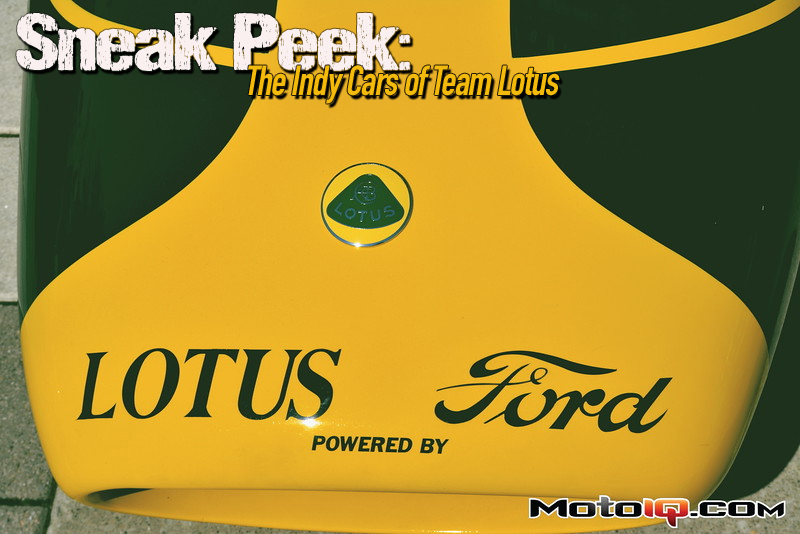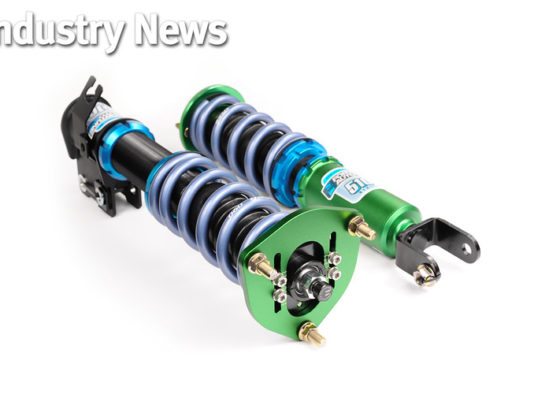,

The strategy nearly worked: Clark was behind leader Parnelli Jones at the end of the race. With 20 laps to go, Jones’ car began to leak oil from its reservoir tank and Chapman petitioned USAC to black flag the car. USAC declined when Jones’ owner claimed the leak had stopped because the oil level had dropped below the level of the crack. USAC decided not to black flag Jones and he went on to win the race. Some believe USAC sided with Jones because he was American and Clark and Chapman were British (Jim Clark was the only non-Yank in the field that year). Another rumor circulated that green cars were bad luck at Indy and a green car should not be allowed to win. What is true though is that when Eddie Sachs made a snide comment about Parnelli’s win, Jones punched Sachs in the face! Oddly enough it was Jones who was able to bring Lotus to Indy in 1963, hoping to usher a new era to the Speedway, yet he won in an Offy powered Watson Roadster. Ultimate irony, eh? Lotus still proved successful though, Jim Clark finished second and Dan Gurney in a sister car finished 7th. Angered by the USAC ruling, Chapman took his cars to Milwaukee a week later and Clark lead every lap and set a new track record with his 29. 1963 would prove to be a landmark year as not only were mid-engined cars proven to be fast, but the Ford Lotus relationship was cemented, which would eventually lead to the legendary Cosworth DFV engine. (Photo Credit: Karl Zipf Jr)
 With success just a step away, Chapman redoubled his efforts for 1964. In the winter of 1964, the Lotus 34s were being built, the successor to the 29. The new cars were an evolution of the 29s, the most significant change being the engine. Ford had the new twin cam V8s ready to use. These engines again used Hilborn injection and now made 425 hp. Check out how low these cars are! The driver is nearly on eye level with the tops of the tires. The top of the rollhoop is barely at knee level.
With success just a step away, Chapman redoubled his efforts for 1964. In the winter of 1964, the Lotus 34s were being built, the successor to the 29. The new cars were an evolution of the 29s, the most significant change being the engine. Ford had the new twin cam V8s ready to use. These engines again used Hilborn injection and now made 425 hp. Check out how low these cars are! The driver is nearly on eye level with the tops of the tires. The top of the rollhoop is barely at knee level. Interestingly, the new engines switched their intake and exhaust configurations. With the pushrod engine, the intake is in the valley of the engine, whereas in the quad cam cars, the exhaust is in the vee. This necessitated the removal of the aerodynamic engine cover seen on the 29.
Interestingly, the new engines switched their intake and exhaust configurations. With the pushrod engine, the intake is in the valley of the engine, whereas in the quad cam cars, the exhaust is in the vee. This necessitated the removal of the aerodynamic engine cover seen on the 29.  Peeking beneath the bodywork, you'll find the intake runners in a very unusual location! Why Ford did this is a bit of a mystery. Most likely this was done to keep the width of the engine package as narrow as possible, both to reduce polar movement, as well as lessen aerodynamic drag. With the exhaust crammed on top instead of the sides, the profile of the car could be narrowed. Heat soak would also be minimized. This design may also improve swirl of the intake charge (hard to tell without seeing inside the head though). It's a rather interesting engine and one we want to know more about! Source
Peeking beneath the bodywork, you'll find the intake runners in a very unusual location! Why Ford did this is a bit of a mystery. Most likely this was done to keep the width of the engine package as narrow as possible, both to reduce polar movement, as well as lessen aerodynamic drag. With the exhaust crammed on top instead of the sides, the profile of the car could be narrowed. Heat soak would also be minimized. This design may also improve swirl of the intake charge (hard to tell without seeing inside the head though). It's a rather interesting engine and one we want to know more about! Source



1 comment
It was NOT Parnelli Jones who convinced Colin Chapman to design the Lotus 29. It was Dan Gurney.